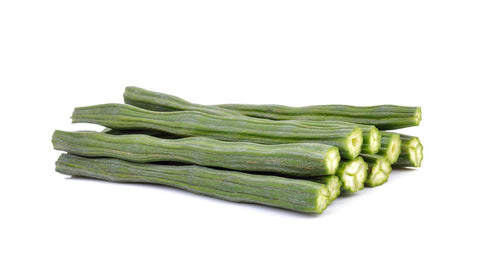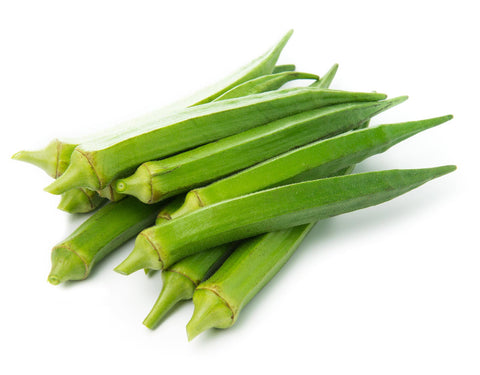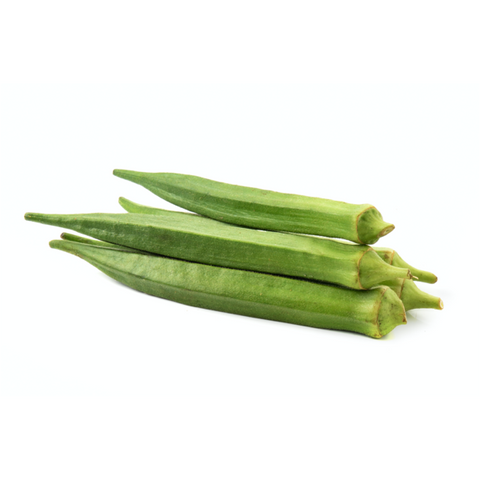Perennials are plants that produce yield year after year, sometimes for decades, without sowing the seeds more than once.
On the other hand, annual vegetables are those that we must sow and grow from seeds every year/season.
Growing perennials in your garden is a great way to reduce the effort of planting new crops each season. A healthy balance of some annuals and perennials can do the trick of maintaining a great kitchen garden. Here’s a list of perennials you can grow in India and enjoy for many years.
Asparagus

Asparagus is one of the most common perennials making its way to the Indian kitchens. It takes a lot of patience and nurturing to bring Asparagus to a well-established stage. However, once grown, it continues to produce spears for at least 15 years. Asparagus can be easily cooked and is full of vital nutrients. The ideal temperature to grow asparagus is between 23- 30° C, pick cooler months to sow the seed. They require 6-8 hours of daily sunlight and well-drained soil to thrive. Grab your pack of asparagus seeds here.
Artichoke

Artichokes are one of the world’s oldest cultivated vegetables and come on this list of exotic vegetables in India. Rich in fibre, Vitamin C, Folate, and iron, Artichokes help maintain blood pressure, keep the digestive system healthy, and lower the body's sugar levels. Colder months in India are best suited to grow this perennial.
Read more to learn how to grow artichokes in India.
Chives

Chives are hardy perennials that are tasty and simple to grow. These drought-tolerant plants can be grown from Chive seeds in a pot or on a windowsill as they don’t require much space to spread. Chive leaves have an onion-like flavour and develop 10 to 12 inches tall. Chives regrow after cutting, therefore, regular pruning of the leaves encourages new growth. Plant chives in colder months in a spot that receives full sunlight.
Garlic

Garlic is a condiment used in almost every dish in Indian food and is known for its medicinal properties. The plant thrives in cold and wet climates. In India, an ideal time to plant garlic is in the months of June-July or October-November. Garlic cultivation requires loose and well-drained soil since moisture is essential to the growth of garlic plants. Harvesting garlic takes 120-150 days from sowing, depending on the variety.
Moringa

Moringa, also known as Miracle trees, is a very nutritious plant and thrives in dry areas as well. It is also commonly known as drumsticks. The ideal temperature for growing this Moringa is 21-35°C. This sun-loving plant doesn’t mind shade either. The best time to sow the Moringa seeds is from March-May or July-October.
Here's more on how to grow Moringa at home in India.
Rhubarb

Rhubarb is native to regions that receive plenty of cold temperatures in the winter. As the weather chills, the plant goes into dormancy, but it also helps it grow healthier and larger for spring.
This perennial comes back every spring with vigorous growth. Initially, the rhubarb plant requires maintenance. But as it gets established, it takes care of its own and goes till 8-10 years. It's advisable to mulch the plant, the roots and crown of rhubarb are protected by mulching during winter by maintaining a consistent soil temperature. To prevent them from interfering with each other, plant them at least three feet apart in the garden soil.
Sorrel

Sorrel is developed for its pleasant tart and lemony flavour. Plants are typically planted in the spring and grow at a moderate rate. Within a little over a month, the young leaves are ready to be harvested. Sorrel is toxic to animals, therefore, it's best kept away from your pets.
Sorrel plants prefer the cool months of December or January. Pick a sunny spot with good drainage and tilled soil. Sow sorrel seeds 1/2 inch deep, spaced about 3 inches apart. Keep increasing the space as the plant grows. Sorrel does well in a sunny spot that receives partial shade. It thrives in a little acidic soil, with PH levels ranging between 5.5 to 6.8. Water your plant regularly to help it grow well.
Okra

Okra is a heat-loving perennial vegetable that produces an abundance of crops every year. If treated properly, the okra plant can grow up to seven feet high. The trick to handling okra is picking it early. If you don't pick the okra often, it becomes very fibrous and hard.
Know more on how to grow Okra from okra seeds.
Now that your list of perennials is ready, grab high-quality, Non-GMO seeds from AllThatGrows and get growing!


 Sign In
Sign In
















Let us know your feedback
* Comments must be approved before being displayed.